They have their own web pages, so I'll not cover them here.
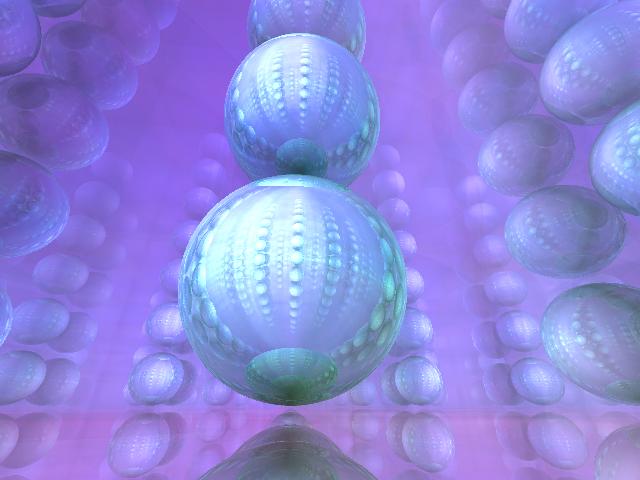
bsptest |
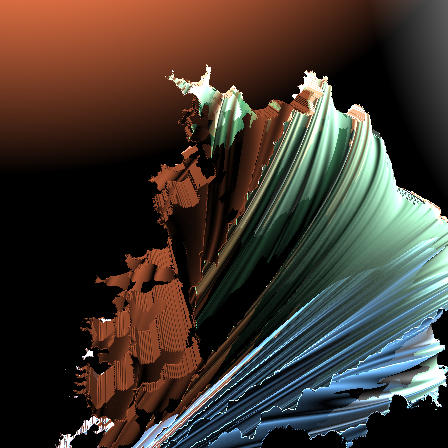
oddfract |
| 1. Non-povray 2. Povray scenes 2.1. Balls 2.2. Unowns 2.3. Machine |
2.4. Lego triangle 2.5. Tetris animation 2.6. Bell 2.7. Radiosity test 2.8. Descent cave run 3. Pending ideas |

bsptest |

oddfract |
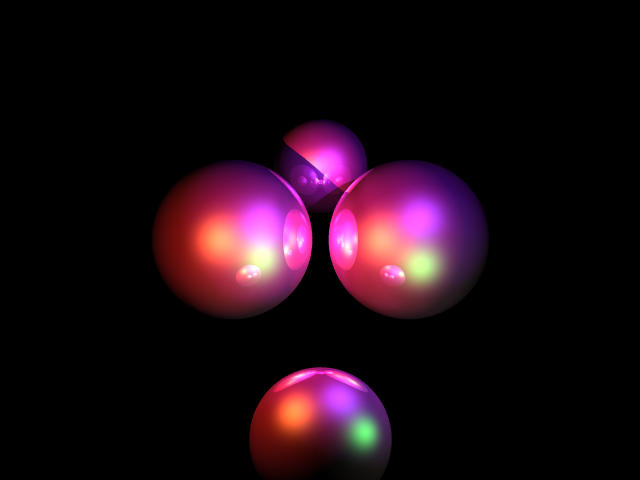
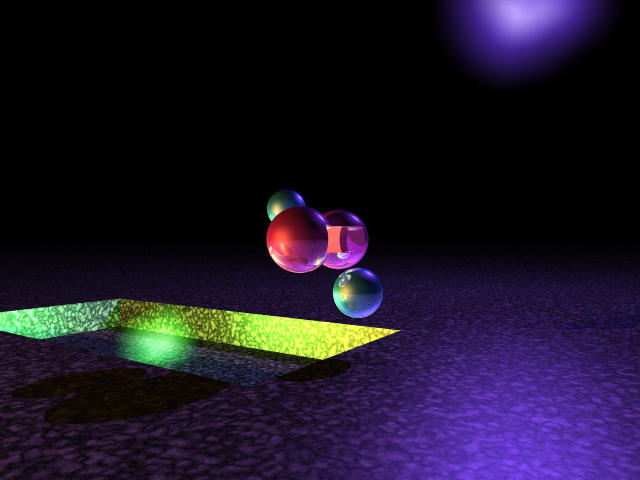
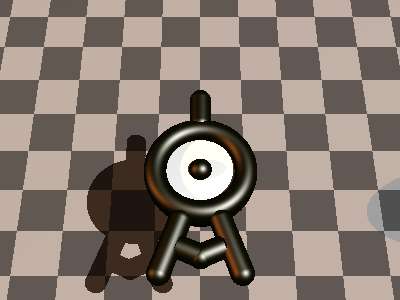
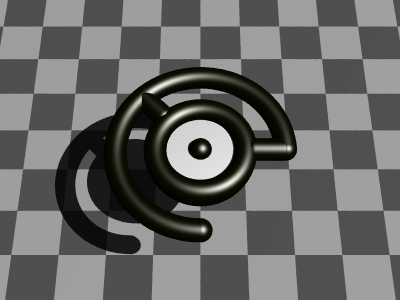
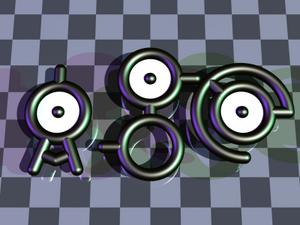
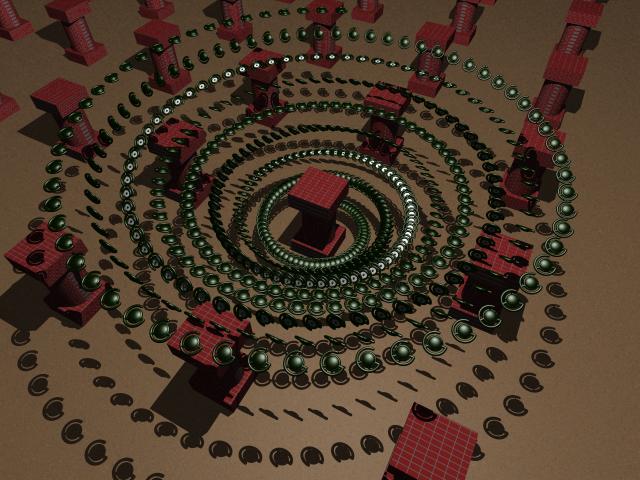
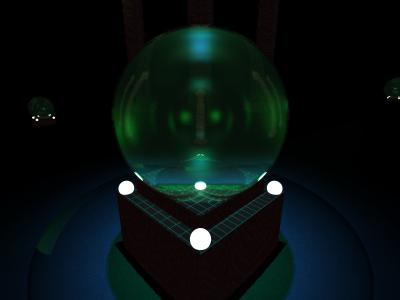
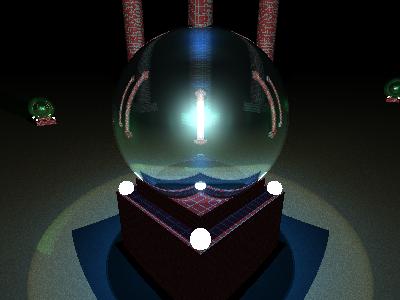
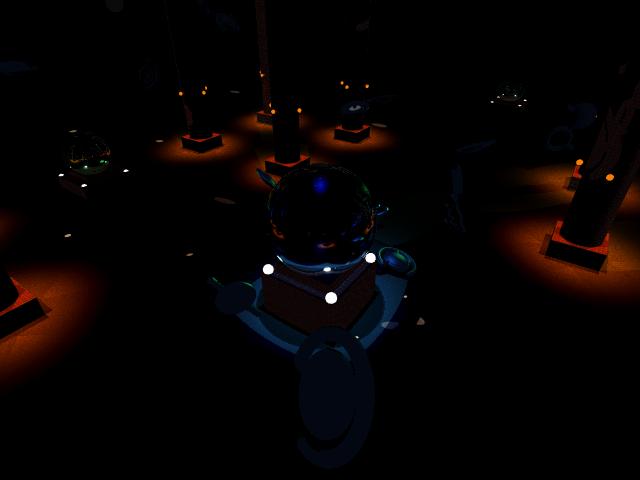
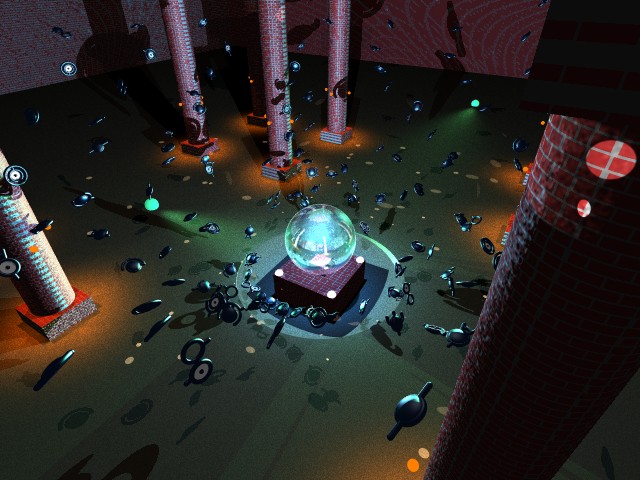
So here I started with animations. There are several more images and two 1-2 MB avi files in the directory.
One thing I noticed: It is quite difficult to ensure no collisions happen when objects are moving.
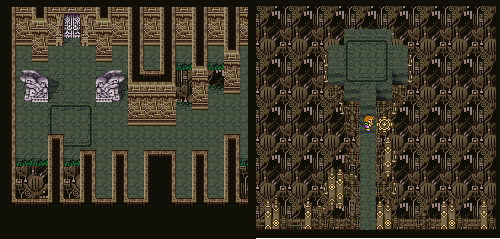
| (These images are from FF5, not my own) |
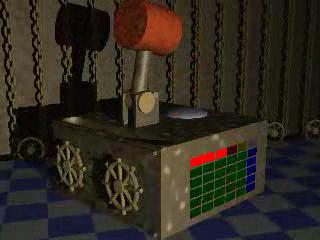
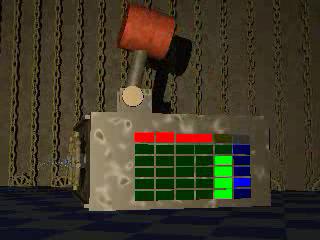
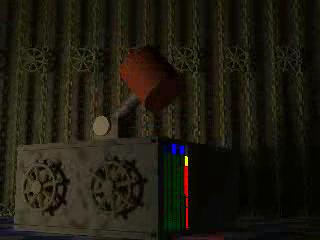
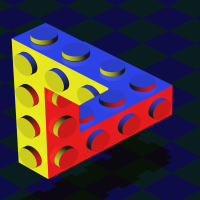
|
I was browsing Lugnet, and I got
an idea to replicate their logo with povray. Warp once made a beautiful impossible triangle scene and it used orthogonal projection, but I wanted to do it with perspective projection. I succeeded. Some spoilers available at the right. The source code is also available. |
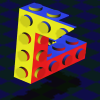 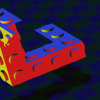
|
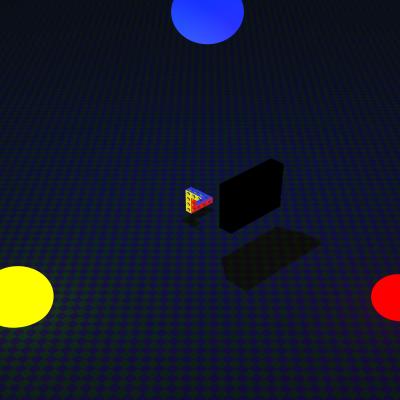
|
|
This was exciting. The project consisted of several parts:
|
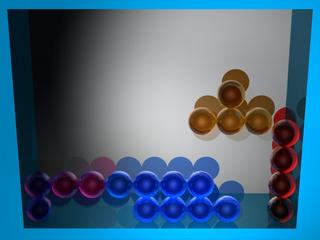 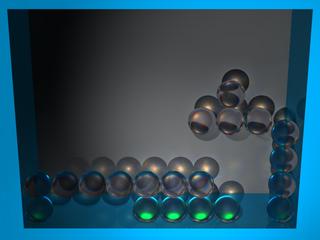   |

<Warp> Now that you have made a church bell, you only need to build a cathedral around it.
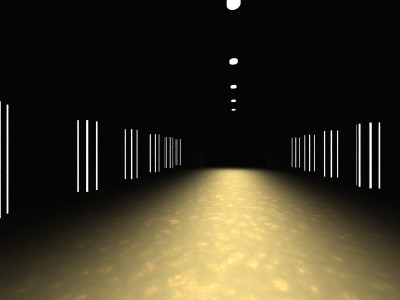 The only light sources in the scene are in the ceiling. The columns are extraluminar, but not light sources. (They are actually blue, but they are *very* extraluminar.) |
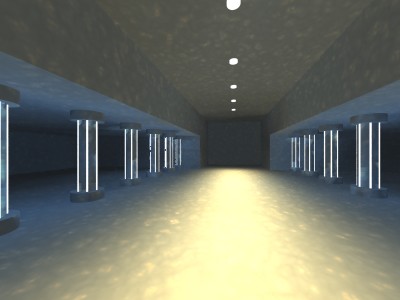 With radiosity enabled, two effects are observable: Walls are lit indirectly (see the back corridor), and the extraluminar columns cast their light (ambient level 10) everywhere smoothly, like area lights. recursion_limit is 4, which is pretty excess: lower levels do almost the same thing. Higher recursion levels add some precision, but slow down a lot. |
Download video file (MKV): descent_render.mkv (84 MiB).